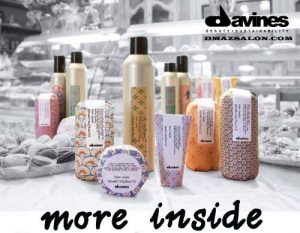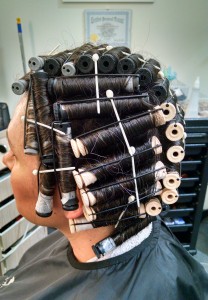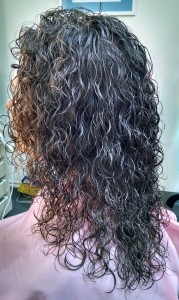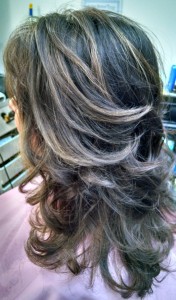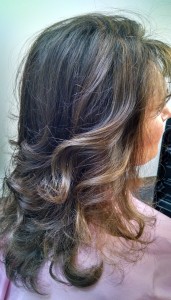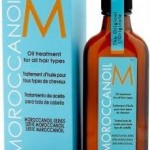
Winter Wellness for your Hair
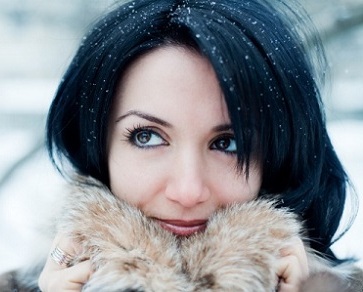 From hat hair to static electricity, split ends to dry frizz, when winter weather hits, a bad hair day can last an entire season. Hair typically gets 25 percent dryer during the winter. Even if you live in a moderate climate, you’re still susceptible to hair-raising changes as the seasons pass.
From hat hair to static electricity, split ends to dry frizz, when winter weather hits, a bad hair day can last an entire season. Hair typically gets 25 percent dryer during the winter. Even if you live in a moderate climate, you’re still susceptible to hair-raising changes as the seasons pass.
The environment can have some of the most damaging effects on hair in both summer and winter, but in winter it’s often worse because people generally don’t take as many precautions to protect their hair. Sun exposure (which can be as intense on a ski slope as it is on a beach) combined with blustery winter wind as well as snow, rain, and icy cold (which makes hair brittle and dry) can all come together to create some very bad winter hair days.
Even if you spend most of your time indoors, winter is still your hair’s enemy. Indoor heating can be something akin to spending an entire afternoon under a hair dryer. Honestly, it’s not quite as dramatic as the damage would be from that, but it certainly gives you an idea of what indoor heating can do to your hair. No matter what’s causing your winter hair woes, it is a fact the hair tends to become dry faster and have more breakage in the winter.
Here are 5 simple nourishing, replenishing and protective steps you can take for winter hair wellness ~
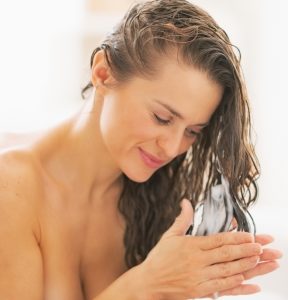 1. Make sure you are equipped with a high quality,
1. Make sure you are equipped with a high quality,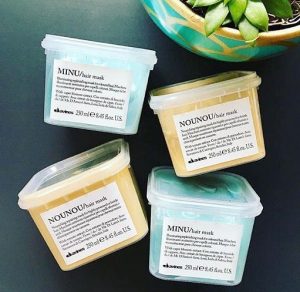 salon professional shampoo and conditioner. The right shampoo and conditioner at this time of the year will help repair, seal and smooth your hair. A good hair mask is highly recommended once to twice a week for severely damaged hair. Hair Masks are wonderful for winter stressed hair. Please note: Do not over use “Protein” treatments or conditioners. Actual protein treatments or conditioners help to reinforce weak hair but should only be used when professionally recommended. Over use of “protein” on the hair can cause buildup resulting in dry, brittle hair and breakage.
salon professional shampoo and conditioner. The right shampoo and conditioner at this time of the year will help repair, seal and smooth your hair. A good hair mask is highly recommended once to twice a week for severely damaged hair. Hair Masks are wonderful for winter stressed hair. Please note: Do not over use “Protein” treatments or conditioners. Actual protein treatments or conditioners help to reinforce weak hair but should only be used when professionally recommended. Over use of “protein” on the hair can cause buildup resulting in dry, brittle hair and breakage.
2. Avoid over-washing your hair in winter and in the shower. Try to wash it over the sink or tub with warm to cool water. The pressure of the shower head and the hot water causes the formation of tiny chinks in the surrounding cuticle which adds to the problems of hair dryness and breakage.
3. Towel-dry your hair very gently post shampooing and conditioning as aggressive rubbing roughs up the cuticle that can lead to breakage. Less friction results also in less frizzing!
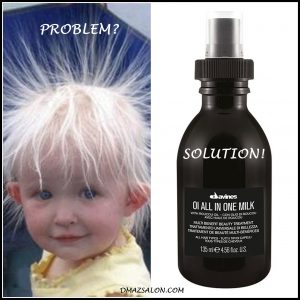 4. Professionally prescribed styling products including Liquid Spell & Oi All-in-One Milk for men and women
4. Professionally prescribed styling products including Liquid Spell & Oi All-in-One Milk for men and women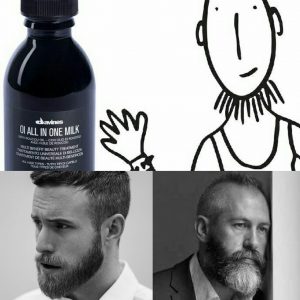 are a must to help protect the hair from thermal styling and the environment. “Layering” your hair products individually and combing each through thoroughly can help achieve added protection, control, texture, shine and reduce static. Professional hair products are not only recommended for men’s hair but for also softening and controlling beards! If using a blow-dryer, direct warm (not hot) air from the down to encourage hair to lay flatter.
are a must to help protect the hair from thermal styling and the environment. “Layering” your hair products individually and combing each through thoroughly can help achieve added protection, control, texture, shine and reduce static. Professional hair products are not only recommended for men’s hair but for also softening and controlling beards! If using a blow-dryer, direct warm (not hot) air from the down to encourage hair to lay flatter.
 5. Plenty of water and good nutrition that incorporates small portions of all the key food groups such as whole grains, fruits, vegetables and lean protein sources helps to nourish and protect hair. Taking a quality-grad multivitamin with essential B vitamins (B6, B12, folate), essential fatty acids and adequate minerals can help dry, weak hair prone to breakage in the winter. Read more here about the Top 10 herbs for hair growth & Your Diet, Your Hair.
5. Plenty of water and good nutrition that incorporates small portions of all the key food groups such as whole grains, fruits, vegetables and lean protein sources helps to nourish and protect hair. Taking a quality-grad multivitamin with essential B vitamins (B6, B12, folate), essential fatty acids and adequate minerals can help dry, weak hair prone to breakage in the winter. Read more here about the Top 10 herbs for hair growth & Your Diet, Your Hair.
Finally, use a Humidifier (moist air). Dry air from either climate conditions or working in a building that pumps air (hot or cold) in can result in lifeless, flat, dry, and flyaway hair. Regularly run a humidifier to help put moisture back into the air.
The haircare lines at D’MAZ Lifestyle Salon were very carefully chosen based on their proven ability to perform and give the best results with attention and respect for the environment using high-grade natural and organic ingredients. It would be a pleasure to prescribe for you a custom home regimen that would help give your hair the best health, shine, and control for your hair texture and type. Call (216) 292-4247 for an appointment with Denise today!
D’MAZ Lifestyle Salon is a private, studio hair & wellness Salon. For the privacy and relaxation of a client receiving services – in Salon retail sales, product pick up, consultations and services are by appointment only. No walk-in’s please ~ Thank you!
D’MAZ Lifestyle Salon Disclaimer: This article is provided solely for general information only. It is in no way intended to diagnose, treat, or cure any form of health, hair/scalp issues or problems and should not be depended upon as a substitute for any consultations with qualified health professionals. Always consult your doctor before beginning, changing or ending any nutritional and/or medicinal programs. Denise Zingale, Master Hairdresser, Reiki Master/EFT Practitioner & NGA Certified Personal Trainer

